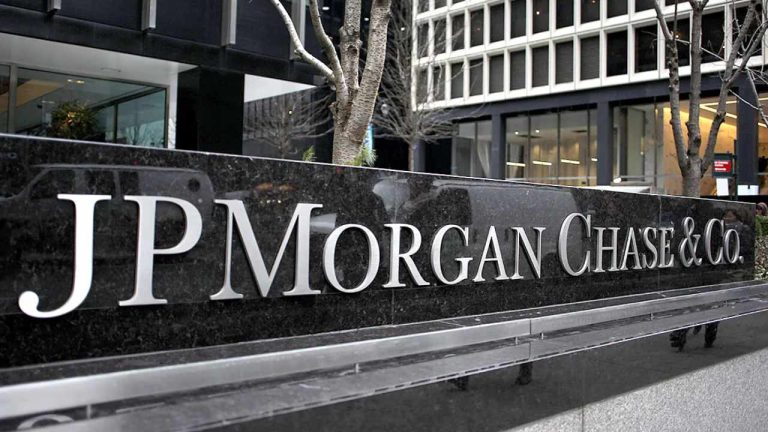
Global investment bank JPMorgan is seeing little demand for crypto as a payment method. However, the bank noted that cryptocurrencies are becoming “larger and larger” in the gaming sector, including in the metaverse.
JPMorgan Sees Little Demand for Crypto as a Payment Tool
The global head of payments for JPMorgan’s Corporate & Investment Bank division, Takis Georgakopoulos, talked about client demand for crypto as a payment method in an interview with Bloomberg Television this week. He said:
We saw a lot of demand for our clients, let’s say up until six months ago. We see very little right now.
While noting that the demand for crypto as a payment tool has drastically declined, Georgakopoulos stressed that the bank will still support clients who want to use crypto for this purpose.
He added that cryptocurrencies are also becoming “larger and larger” in the gaming sector — both in traditional gaming and in the metaverse, where he sees many opportunities.
This week, JPMorgan CEO Jamie Dimon also reiterated his skepticism about bitcoin and cryptocurrency. “I’m a major skeptic on crypto tokens which you call currency, like bitcoin. They are decentralized Ponzi schemes,” the executive said. However, he emphasized that he is not skeptical about blockchain and decentralized finance (defi), calling them “real” innovations.
A recent survey conducted by Deloitte in collaboration with Paypal found that over 85% of merchants “are giving high or very high priority to enabling cryptocurrency payments.” In addition, “nearly three-quarters of those surveyed reported plans to accept either cryptocurrency or stablecoin payments within the next 24 months.”
A different survey by Bank of America showed “growing interest” in crypto’s use as a payment method. “39% and 34% of respondents reported using crypto / digital assets as a payment method to make online or in-person purchases, respectively,” the bank described. Additionally, 49% and 53% of respondents expressed interest in using crypto / digital assets to make either online or in-person purchases, respectively.
What do you think about JPMorgan saying that there’s little demand for crypto as a payment tool? Let us know in the comments section below.















